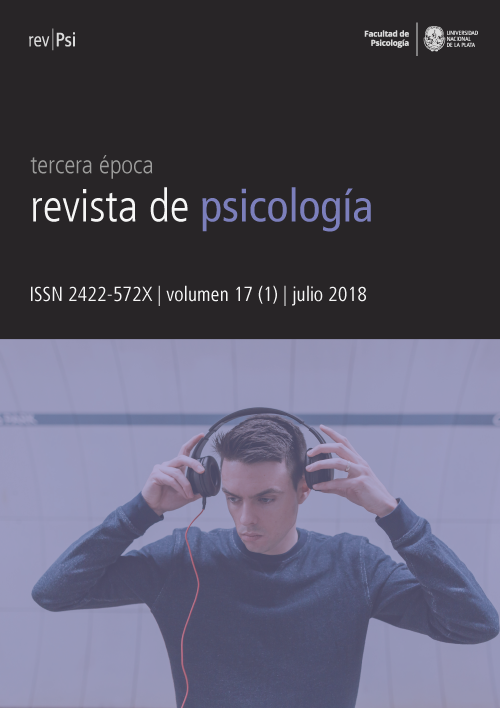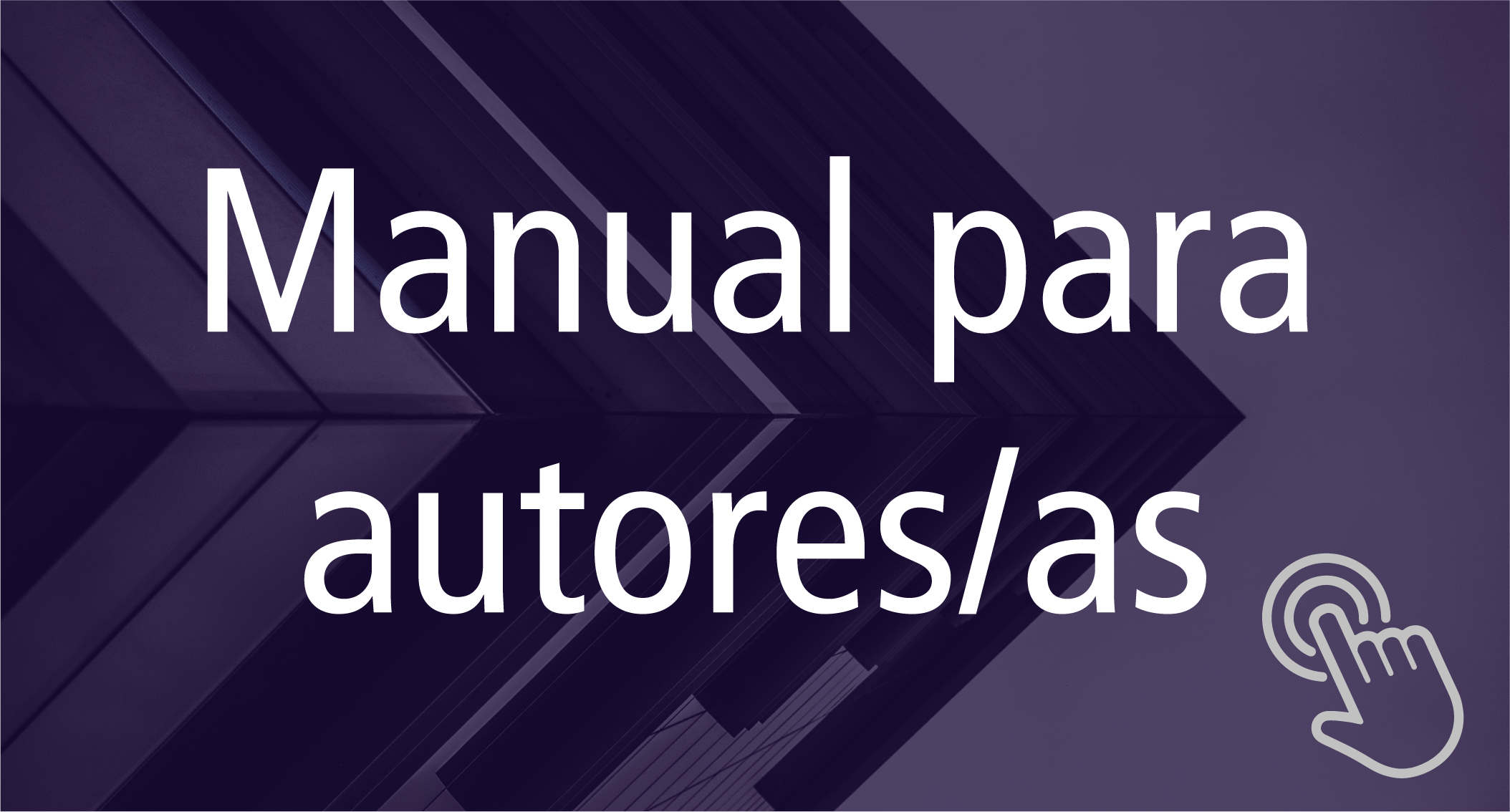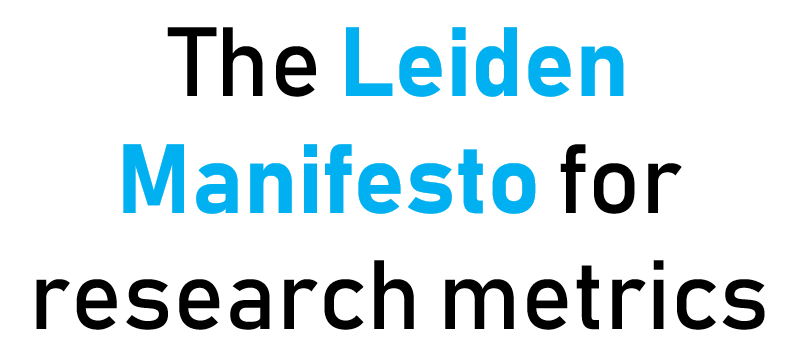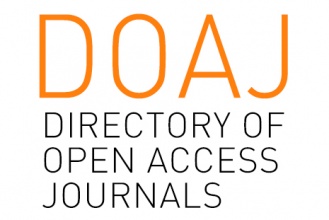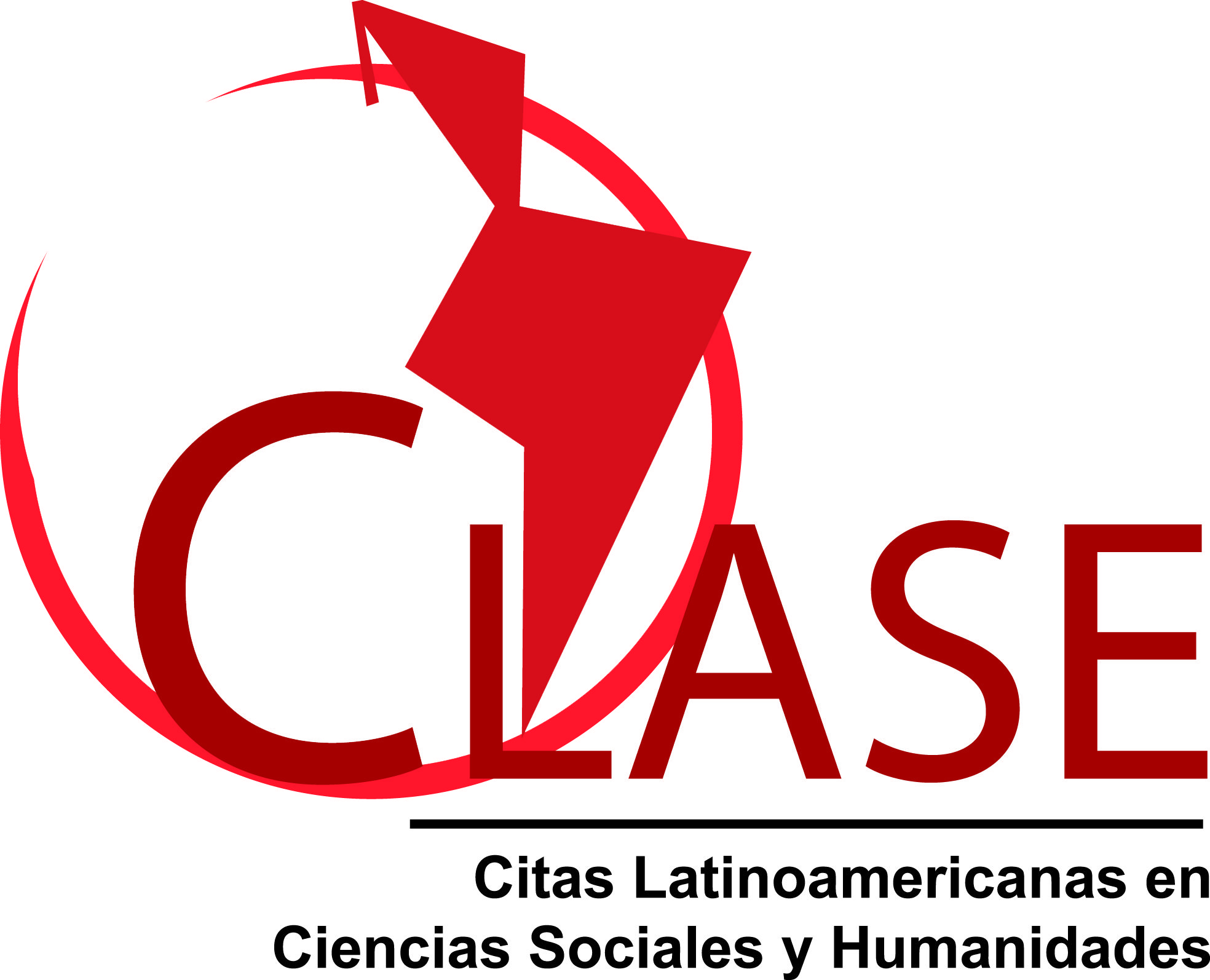Mimetic behavior and construction of meaning. Aerial execution as outsourcing of cognition
DOI:
https://doi.org/10.24215/2422572Xe015Keywords:
mimetic behavior, construction of meaning, aerial performance, externalizationAbstract
Arnie Cox’s mimetic hypothesis holds that we understand musical sounds by comparing them with those we make, and that this process involves a tacit imitation of an earlier sound production experience. Among non-musicians, a common form of mimetic behavior is aerial execution: the recreation ‘in the air’ of bodily actions of instrumental performance. Under the assumption that the behavior reveals aspects of the images associated with the musical experience, an experiment was proposed with 36 music students, which involved aerial execution during the audition of a musical fragment, to observe characteristics of the mimetic behavior of the participants. and analyze their relationships with other modalities of experience. Three modalities of mimetic behavior were isolated and analyzed to what extent and how the features of the experience communicated by mimesis were transferred to a transcript and a sung version of the fragment.
Downloads
Metrics
References
Barsalou, L. (2003). Situated simulation in the human conceptual system. Language and Cognitive Processes, 18(5-6), 513-562. https://doi.org/10.1080/01690960344000026
Bharucha, J. (1999). Neural nets, temporal composites, and tonality. En D. Deutch (Ed.), The psychology of music (pp. 413-440). New York: Academic Press.
Clark, A. y Chalmers, D. (1998). The extended mind. Analysis, 58(1), 7-19. https://doi.org/10.1111/1467-8284.00096
Cox, A. (2001). The mimetic hypothesis and embodied musical meaning. Musicae Scientiae, 5(2), 195-212. https://doi.org/10.1177/102986490100500204
Cox, A. (2006). Hearing, feeling, grasping gestures. En A. Gritten y E. King (Eds.), Music and gesture (pp. 71-86). Hampshire: Ashgate Publishing, Ltd.
Cox, A. (2011). Embodying music: Principles of the mimetic hypothesis. Music Theory Online, 17(2), 1-24.
Cox, A. (2016). Music and embodied cognition: Listening, moving, feeling, and thinking. Indiana: Indiana University Press.
Español, S. A. (Ed.). (2014). Psicología de la música y del desarrollo. Buenos Aires: Paidós.
Godøy, R. I., Haga, E. y Jensenius, A. R. (2006). Playing “air instruments”: Mimicry of sound-producing gestures by novices and experts. Lecture Notes in Computer Science-Lecture Notes in Artificial Intelligence, 3881, 256-267.
Jensenius, A. R., Wanderley, M. M., Godoy, R. A. y Leman, M. (2010). Musical gestures: Concepts and methods in research. En R. A. Godoy y M. Leman (Eds.), Musical gestures: Sound, movement, and meaning (pp. 12-35). New York/Londres: Routledge.
Krumhansl, C. L. (1990). Cognitive foundations of musical pitch. New York: Oxford University Press.
Lakoff, G. y Johnson, M. (1999). Philosophy in the flesh. New York: Basic Books.
Leman, M. (2008). Embodied music cognition and mediation technology. Cambridge/Londres: MIT Press.
López Cano, R. (2005). Los cuerpos de la música. Introducción al dossier “Música, cuerpo y cognición”. Trans. Revista Transcultural de Música, 9, s/p.
Malloch, S. E. y Trevarthen, C. E. (2009). Communicative musicality: Exploring the basis of human companionship. Oxford: Oxford University Press.
Márquez, A. (1994). Danzón Nº 2. Gustavo Dudamel in concert with the Simon Bolivar Symphony Orchestra. Recuperado a partir de http://www.youtube.com/watch?v=PA7vEIj6Lzk
Martínez, I. C., Español, S. A. y Pérez, D. I. (2018). The interactive origin and the aesthetic modelling of image-schemas and primary metaphors. Integrative Psychological and Behavioral Science, 52(4), 646-671. https://doi.org/10.1007/s12124-018-9432-z
Martínez, I. C. (2014). La base corporeizada del significado musical. En S. A. Español (Ed.), Psicología de la música y del desarrollo (pp. 71-110). Buenos Aires: Paidós.
Martínez, I. C. y Valles, M. (2014). Interacción entre movimiento corporal y elección notacional: Hacia el desarrollo de símbolos sonoro-kinéticos-notacionales. En F. Shifres (Ed.), Actas de la V Jornada de Desarrollo Auditivo en la Formación Musical Profesional (pp. 23-24). La Plata: Laboratorio para el Estudio de la Experiencia Musical – Facultad de Bellas Artes – UNLP.
Martínez, I. C. y Valles, M. L. (2015). La mímesis instrumental en tareas de transcripción melódica. En J. Franco (Ed.), Actas del XI Simpósio Internacional de Cognição e Artes Musicais (pp. 203-211). Brasil: ABCM - Associação Brasileira de Cognição e Artes Musicais.
Phillips-Silver, J. y Trainor, L. J. (2007). Hearing what the body feels: Auditory encoding of rhythmic movement. Cognition, 105(3), 533-546. https://doi.org/10.1016/j.cognition.2006.11.006
Shapiro, L. (2011). Embodied cognition. New York: Routledge.
Valles, M. L. y Martínez, I. C. (2014). Movimiento corporal implicado en la mímica instrumental durante el análisis auditivo de un fragmento musical. En S. García, S. Valesini y J. Sciorra (Eds.), Actas de las VII Jornadas de Investigación en Disciplinas Artísticas y Proyectuales (s/p). La Plata.
Valles, M. y Martinez, I. C. (2013). Ontología orientada por la acción y corporeidad en el aprendizaje musical: Limitantes asociadas a los modelos de formación del músico profesional. En F. Shifres, M. Jaquier, D. Gonnet, M. I. Burcet y R. Herrera (Eds.), Actas del XI Encuentro de Ciencias Cognitivas de la Música: «Nuestro cuerpo en nuestra música» (Vol. 1, pp. 553-562). Buenos Aires: SACCoM.
Valles, M. y Martínez, I. C. (2014). Correspondencia entre la modalidad corporal del oyente durante la memorización por audición de una melodía y su posterior recuperación cantada y escrita. En Actas de las III Jornadas de la Escuela de Música. Producción musical, interpretación, docencia e investigación (s/p). Rosario: Escuela de Musica, Universidad Nacional de Rosario.
Valles, Mónica y Martínez, I. C. (2018). Correspondence between the body modality of music students during the listening to a melodic fragment and its subsequent sung interpretation. En R. Parncutt y S. Sattmann (Eds.), ICMPC15/ESCOM10: Abstract book (p. 308). Graz: Centre for Systematic Musicology.
Varela, F., Thompson, E. y Rosch, E. (1991). The embodied mind: Cognitive science and human experience. Cambridge: MIT Press.
Downloads
Published
How to Cite
Issue
Section
License
![]()
Authors who publish in this journal accept the following conditions:
- Authors retain the copyright and assign the right of first publication to the journal, with the work registered under a Creative Commons attribution license (CC-BY), which allows third parties to use what is published whenever they mention the authorship of the work and the first publication in this magazine.
- Authors can make other independent and additional contractual agreements for the non-exclusive distribution of the article published in this journal (e.g., include it in an institutional repository or publish it in a book) as long as they clearly indicate that the work was published for the first time in this magazine.
- Authors are allowed and encouraged to publish their work on the Internet (e.g., on institutional or personal webpages) before and during the review and publication process, as it can lead to productive exchanges and greater and faster dissemination of published work (see The Effect of Open Access ).

